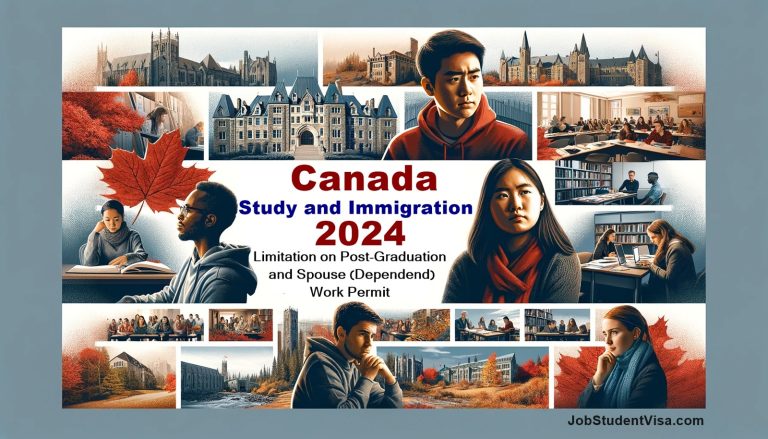Why Immigrants are Leaving Canada in 2023: A Detailed Look
In a striking shift from its long-held status as a beacon for immigrants, Canada is witnessing an increasing trend of immigrants leaving in 2023. This in-depth analysis aims to uncover the multifaceted reasons behind this exodus, blending statistical data with qualitative insights to paint a comprehensive picture of the various economic, social, and political factors involved.
Economic Pressures and Cost of Living
Economic factors are at the forefront of this trend. The cost of living in Canada, particularly in major cities, has reached unprecedented heights. In urban centers like Vancouver and Toronto, the expense of homeownership demands nearly 98% and 80% of household income, respectively. This economic strain is a significant deterrent for immigrants, pushing many to reconsider their life in Canada. [Source]
Job Market Challenges
The job market in Canada presents a complex landscape for immigrants. For instance, the Express Entry system, a key pathway for skilled immigrants, had a CRS score cutoff of 481 for certain occupations in recent draws, reflecting the competitive nature of the job market. [Source]
Additionally, the non-recognition of foreign credentials further complicates the employment prospects for many skilled immigrants.
Social and Cultural Integration
The challenge of integrating into Canadian society is another key factor. Language barriers, despite the official bilingualism in English and French, continue to hinder full integration into the workforce and social spheres.
Furthermore, cultural adjustments, the navigation of new social norms, and instances of discrimination and racism, although not widespread, still affect the sense of belonging and community integration for some immigrants.
Healthcare System Constraints
Canada’s healthcare system, known for its public accessibility, faces challenges of its own. Long wait times for medical treatments and appointments are major concerns. For example, wait times for certain medical procedures can be lengthy, leading some immigrants to seek healthcare solutions in their home countries
Political Climate and Immigration Policies
Recent political shifts and immigration policy changes have also played a significant role. The Canadian government’s decision to cap its target for new residents to 500,000 per year from 2025 is a response to housing market pressures, but it also signals a shift in the immigration landscape that impacts newcomers’ perceptions of their future in the country. [Source]
Family Dynamics and Personal Decisions
Family-related concerns are crucial in the decision-making process. Extended family separations due to immigration processes and regulations can take a toll, pushing some to seek reunification elsewhere. Additionally, personal preferences, such as the desire for a different climate or proximity to their home countries, influence many immigrants’ decisions to leave Canada.
Real Estate Market Fluctuations
The Canadian real estate market, particularly in cities like Toronto and Vancouver, has experienced significant fluctuations, affecting immigrants’ ability to afford housing. The high cost of housing and the competitive rental market are considerable factors driving people to consider leaving these urban areas or even the country.
Education and Skill Recognition
The recognition of foreign credentials and differences in educational systems pose significant barriers. Immigrants often find their qualifications and professional experiences are not fully acknowledged, leading to underemployment and professional dissatisfaction.
The increasing trend of immigrants leaving Canada is a complex issue, rooted in a combination of economic, social, political, and personal factors. While Canada continues to be a destination of choice for many around the globe, addressing these multifaceted challenges is crucial for maintaining its reputation as a welcoming and inclusive nation. Understanding and responding to these concerns will be key in developing policies and support systems that facilitate successful integration and long-term retention of immigrants in Canadian society.






